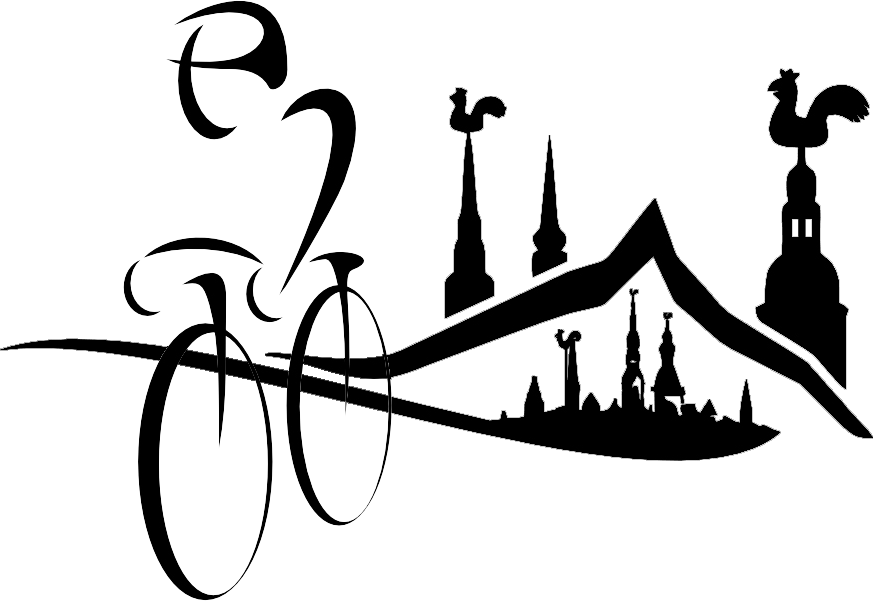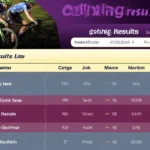Analyzing the 2025 Baltic 200km Brevet Series (Kuldiga, Vidzeme): Surprising Performance Differences Revealed
The 2025 Baltic 200km brevet series offered cycling enthusiasts two challenging events – the Kuldiga Brevet on April 26th and the Vidzeme Brevet on May 17th. Our comprehensive performance analysis reveals fascinating differences between these two seemingly similar events that will interest both participants and cycling analysts.
The Events at a Glance
The Kuldiga Brevet attracted 33 participants, with finish times ranging from an impressive 7 hours 14 minutes to 12 hours 42 minutes. Just three weeks later, the Vidzeme Brevet saw 32 riders complete the same distance, but with dramatically different results. The fastest Vidzeme finishers completed the course in 5 hours 52 minutes – a full 1 hour 22 minutes faster than Kuldiga’s best time.
What makes this difference particularly striking is that eight riders achieved this 5:52 time at Vidzeme, compared to seven riders tying for the 7:14 fastest time at Kuldiga. The average finish time at Vidzeme was 7 hours 8 minutes, significantly quicker than Kuldiga’s 8 hours 42 minutes average.
Pace and Performance Analysis
The checkpoint data tells an interesting story about pacing strategies. At Vidzeme, riders maintained remarkably consistent speeds throughout the event. The average time to reach the first checkpoint (57km) was 1 hour 38 minutes, the second checkpoint (78km) at 2 hours 25 minutes, and the third checkpoint (131km) at 4 hours 10 minutes. This consistency resulted in an overall average speed of 28.2 km/h.
Kuldiga showed more variation in pacing. The first checkpoint (85km) was reached in an average of 2 hours 16 minutes, with the second checkpoint (154km) at 4 hours 14 minutes. The wider spread in checkpoint times suggests less uniform performance among the field.
Several riders demonstrated exceptional consistency by participating in both events. Andrejs Ahmerovs, Gatis Berzins, Gints Pele, Andris Ivins, and Edgars Vizulis all finished in 7:14 at Kuldiga and improved to 5:52 at Vidzeme – a remarkable 1 hour 22 minute improvement. Their average speed increased from 27.7 km/h to 34.1 km/h between events.
Event Overview
This dashboard analyses the two 200km Baltic brevet events in 2025 with detailed performance metrics and comparisons.
Kuldiga Brevet
Date: April 26, 2025
Distance: 200km
Participants: 33
Avg Time: 8:42
Fastest: 7:14 (Multiple riders)
Slowest: 12:42
Vidzeme Brevet
Date: May 17, 2025
Distance: 200km
Participants: 32
Avg Time: 7:08
Fastest: 5:52 (8 riders)
Slowest: 11:33
Performance Analysis
Finish Time Distribution
Checkpoint Progress
Speed Analysis
Event Comparison
Kuldiga Checkpoint Times
Vidzeme Checkpoint Times
Key Observations
- Vidzeme was significantly faster with an average time of 7:08 compared to Kuldiga’s 8:42
- 8 riders finished in 5:52 at Vidzeme (34.1 km/h avg speed) compared to Kuldiga’s fastest at 7:14 (27.7 km/h)
- Checkpoint pacing was more consistent at Vidzeme with less variation between riders
- Kuldiga had more spread in finish times indicating varied rider performance
Participant Analysis
Top Performers in Both Events
| Participant | Kuldiga Time | Vidzeme Time | Improvement | Avg Speed |
|---|---|---|---|---|
| Andrejs Ahmerovs (+peloton) | 7:14 | 5:52 | +1:22 faster | 30.9 km/h |
| Gatis Berzins (+peloton) | 7:14 | 5:52 | +1:22 faster | 30.9 km/h |
| Gints Pele (+peloton) | 7:14 | 5:52 | +1:22 faster | 30.9 km/h |
| Andris Ivins (+peloton) | 7:14 | 5:52 | +1:22 faster | 30.9 km/h |
| Edgars Vizulis (+peloton) | 7:14 | 5:52 | +1:22 faster | 30.9 km/h |
Possible Explanations for the Differences
The dramatic performance gap between these two events raises interesting questions. While both were 200km routes, several factors could account for the differences:
- Course Profile: Vidzeme's route might have featured less elevation gain or more favorable road surfaces
- Weather Conditions: Spring weather in May could have been more favorable than April conditions
- Field Composition: Perhaps stronger riders collectively chose to participate in the Vidzeme event
- Pacing Strategies: The group of eight riders finishing together at Vidzeme suggests collaborative riding
The data clearly shows that the Vidzeme Brevet was the faster of the two events, but the reasons behind this difference would benefit from additional information about course specifics and weather conditions.
Takeaways for Participants
For riders considering future brevet events, this analysis suggests:
- The value of group riding, as evidenced by the eight-rider pack at Vidzeme
- The significant impact course selection can have on finish times
- That late spring may offer better riding conditions for peak performance
- The importance of consistent pacing throughout the event
The 2025 Baltic 200km brevet series provided exciting competition and valuable data for understanding endurance cycling performance. The dramatic differences between the two events serve as a reminder that even similar-distance races can produce vastly different results based on a variety of factors. We look forward to seeing how these insights might influence strategies in future editions of these events.



